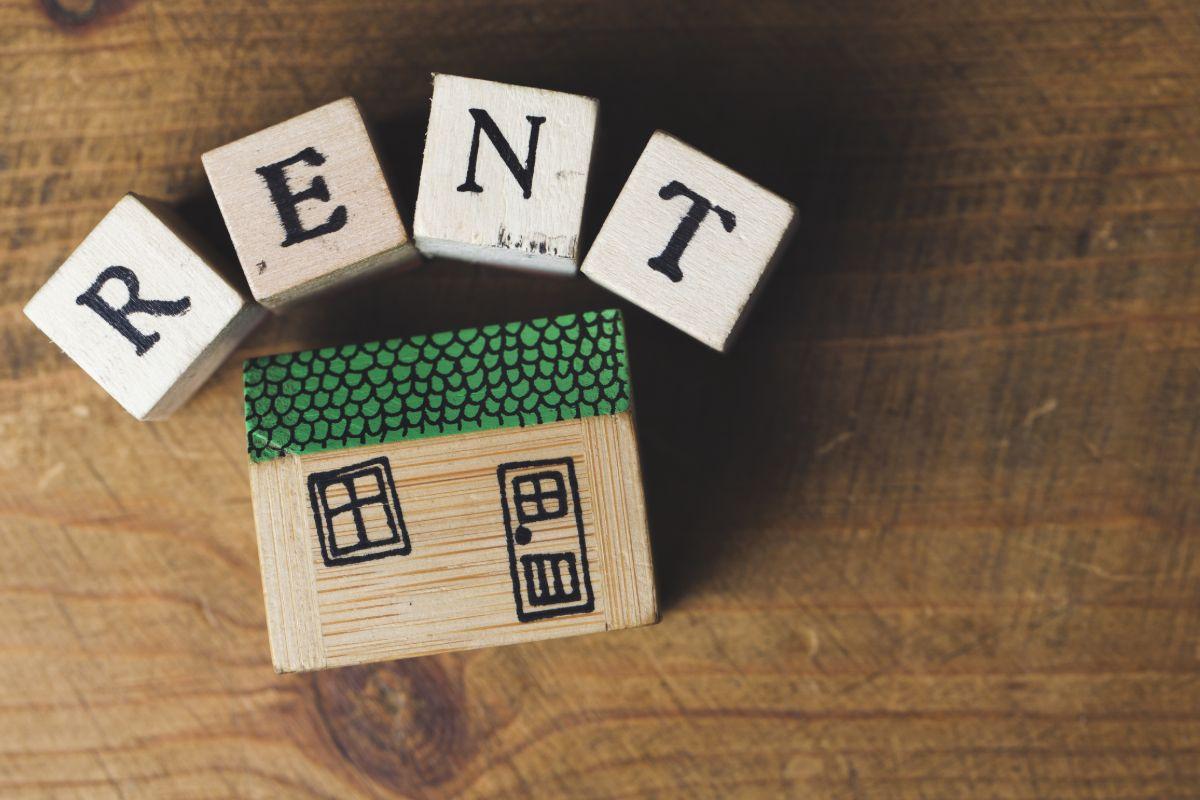
As a landlord, reliably receiving rent from your
tenant on time is crucial. It’s the reason you rent out the property: to make a
profit with as little hassle as possible.
But rent arrears can quickly become a nightmare
scenario for many landlords. It’s not unusual to be faced with instances of
non-payment and have to start a journey to claim what’s rightfully yours.
The issue has become even more of a problem during
the pandemic with 60% of landlords losing rental income since it
began.
Here we explain how to minimise the chances of not
receiving your rent and avoid the legal hassle and expense of serving eviction
notices.
The UK Rent Arrears Situation
Since March 2020, many tenants’ personal
circumstances have been thrown into disarray. They’ve lost jobs, been
furloughed or worked fewer hours.
The result? Paying their rent on time has become
difficult and sometimes impossible. And the number of landlords dealing with
rent arrears has subsequently increased.
A government study showed that in November-December
2020 almost one in five renters in England are either in arrears or likely to
face financial difficulties in the next three months. This 9% figure equates to
353,000 households and compares to just 3% in 2019-20 and 7% in June-July 2020.
Separate research by the National Residential Landlords
Association found that 7% of tenants had built arrears due to Covid-19. Of
those, 18% had debts of more than £1,000.
Younger renters are being affected most with 14% of
those aged 18-24 going into arrears between March-November 2020.
In the same survey, 14% of landlords said they’d
lost more than 20% of their rental income with 39% of those reporting their
losses were continuing to increase. A further 34% admitted that the pandemic
has made it more likely they’ll leave the market entirely or sell some of their
properties.
A set of statistics which makes knowing how to
reduce the chances of your tenant going into arrears all the more important.
How To Tackle Rent Arrears
No landlord wants to be chasing tenants for rent.
Avoiding this starts before they’ve even signed the tenancy agreement and then
requires a combination of clear communication and a firm but friendly approach.
Follow these steps to do all you can to get your
rent paid on time, every time.
1. Make the right checks first
You can’t be 100% certain that your preferred
tenant will be a reliable rent payer. But you can rest easy knowing you’ve done
all you can to make that happen.
Thorough checks are essential including references
from previous landlords, credit checks and establishing their employment
status. Using a professional letting agent to perform these gives you extra
reassurance and removes a time-consuming job from your to-do list.
2. Keep a record of all payments
Make sure you keep an organised, up-to-date record
of when payments are due and when they’ve been paid. Issue receipts detailing
the date it was paid, the amount received, any outstanding amounts and the time
period it covers.
This will make sure you have all the necessary
information to hand if you do decide to make an application for possession
against a tenant.
3. Take the emotion out if it
No matter what your personal relationship with the
tenant is like, remember this is a business transaction. A common mistake is to
take an overly aggressive stance, clouding the issue with your understandably
strong emotions.
Leave any annoyance or defensiveness behind. It
will only create resentment, bad feeling and, most likely, zero rental payment.
4. Don’t ignore it
At the opposite end of the emotional scale, don’t
bury your head in the sand. If the rent is overdue, don’t ignore the fact. This
won’t help to resolve the problem so do your best to be approachable but firm,
politely questioning why they’ve not paid.
If you really don’t relish the prospect of
confrontation with an awkward tenant, you can lean on an experienced letting
agent to do the chasing for you.
5. Establish a communication plan
So you’re ready to deal with the possibility of
unpaid rent, it’s a good idea to have a set communication plan in place. You
can then use this template each time the issue arises.
Step #1
Send a friendly notification reminder to your
tenant on the day their rent is due. Using this approach, MakeUrMove sees over
90% of arrears paid straightaway rather than two, three or seven days later.
Friendly is the key word here. Avoid any reference
to legal jargon or eviction proceedings and simply encourage communication.
Most tenants will apologise for the oversight and pay quickly.
Step #2
If the first step gets no response after a couple
of days, you can try contacting them by phone. This may open up a conversation
about their personal circumstances and why they’re struggling to pay. You can
then agree a mutually convenient payment plan to resolve the issue.
If the thought of picking up the phone doesn’t
appeal, in case the situation escalates uncomfortably, consider using a letting
agent to do the job instead.
Step #3
Still no joy? The next step is to send a more
firmly worded letter or email to highlight their legal and contractual
obligations. This is when you can mention the possibility of eviction
proceedings. Just ensure you’re fully up-to-speed with the latest legislation.
When you remind them of the potential penalties
involved for not paying, they should respond positively. No-one relishes the
idea of court action.
Of course, this doesn’t always work and that’s why
it’s wise to have a professional on side that can help you. Not only will they
know the law inside out, they’ll also have the right emotional distance from both
your tenant and your property.
Step #4
After 14 days, if your tenant has provided a
guarantor, send them a letter saying that the tenant hasn't paid the rent
according to the tenancy agreement. Normally the arrears will be paid soon
after.
At the same time, send a separate letter to your
tenant explaining that your next communication will be about seeking
possession.
Step #5
After 21 days, send a final letter to the tenant
and guarantor confirming your intention to take legal action.
6. Claim possession of your property
At this point you may opt to take legal action to
recover possession or as a pre cursor to recover the debt. Possession rights
are set out under the Housing Act 1988, you must follow the current rules and
guidelines to take action to claim possession of your property.
Hopefully the tips above will avoid this
unappealing scenario.
With the average arrears
rates increasing, now is the time to put in place a process that helps reduce
this.
Make Ur Move provide a rent collection and arrears
management service across all Good Landlord and Managed packages and their mix
of personal communication and automated processing has supported 98% of tenants
and landlords to ensure on time rent payments.
Sign up for one of MakeUrMove’s
property management packages, and you’ll be enjoying more regular, reliable
rental payments.
Team up with MakeUrMove to reduce your rent arrears







